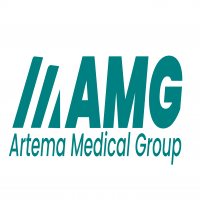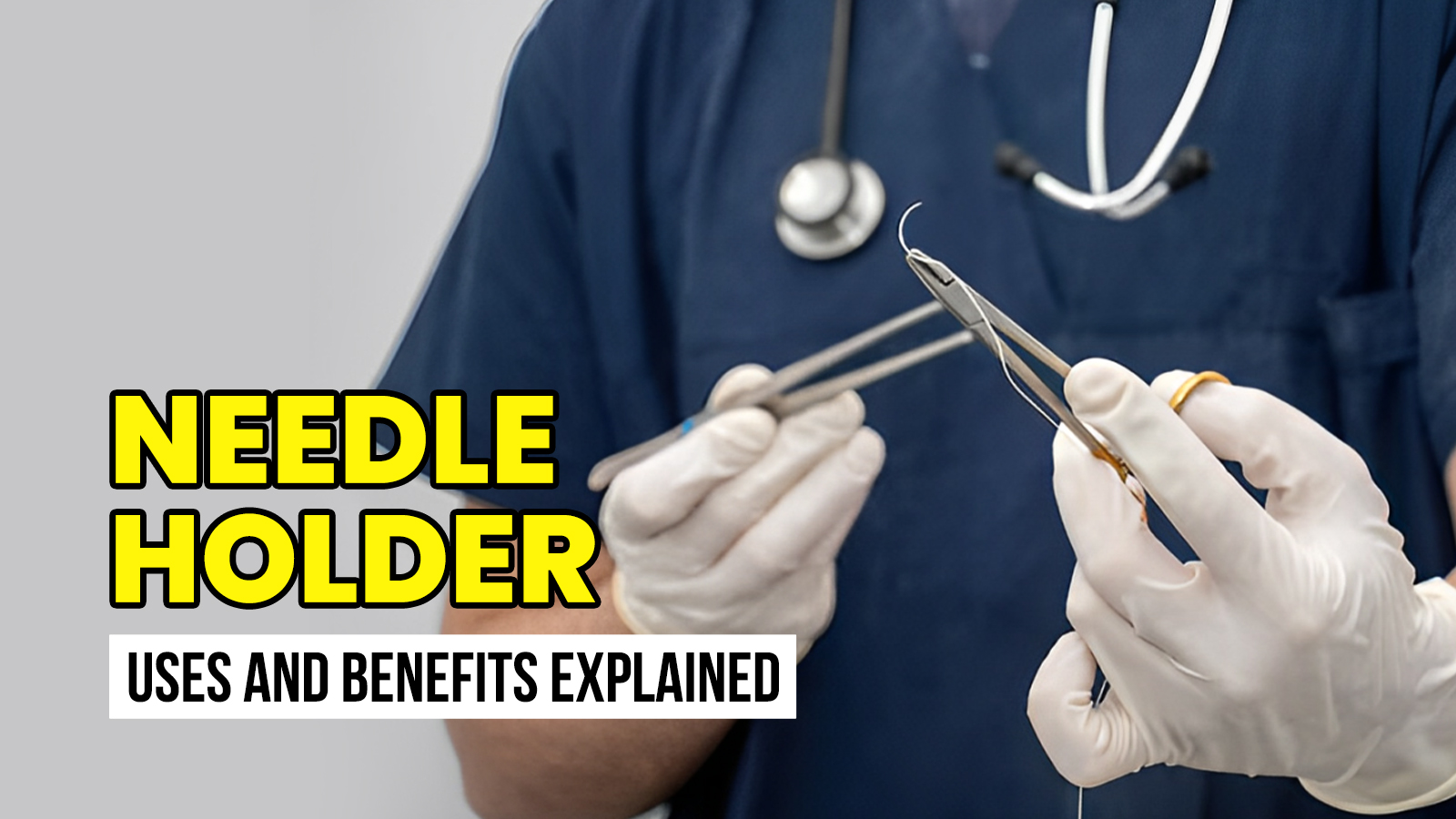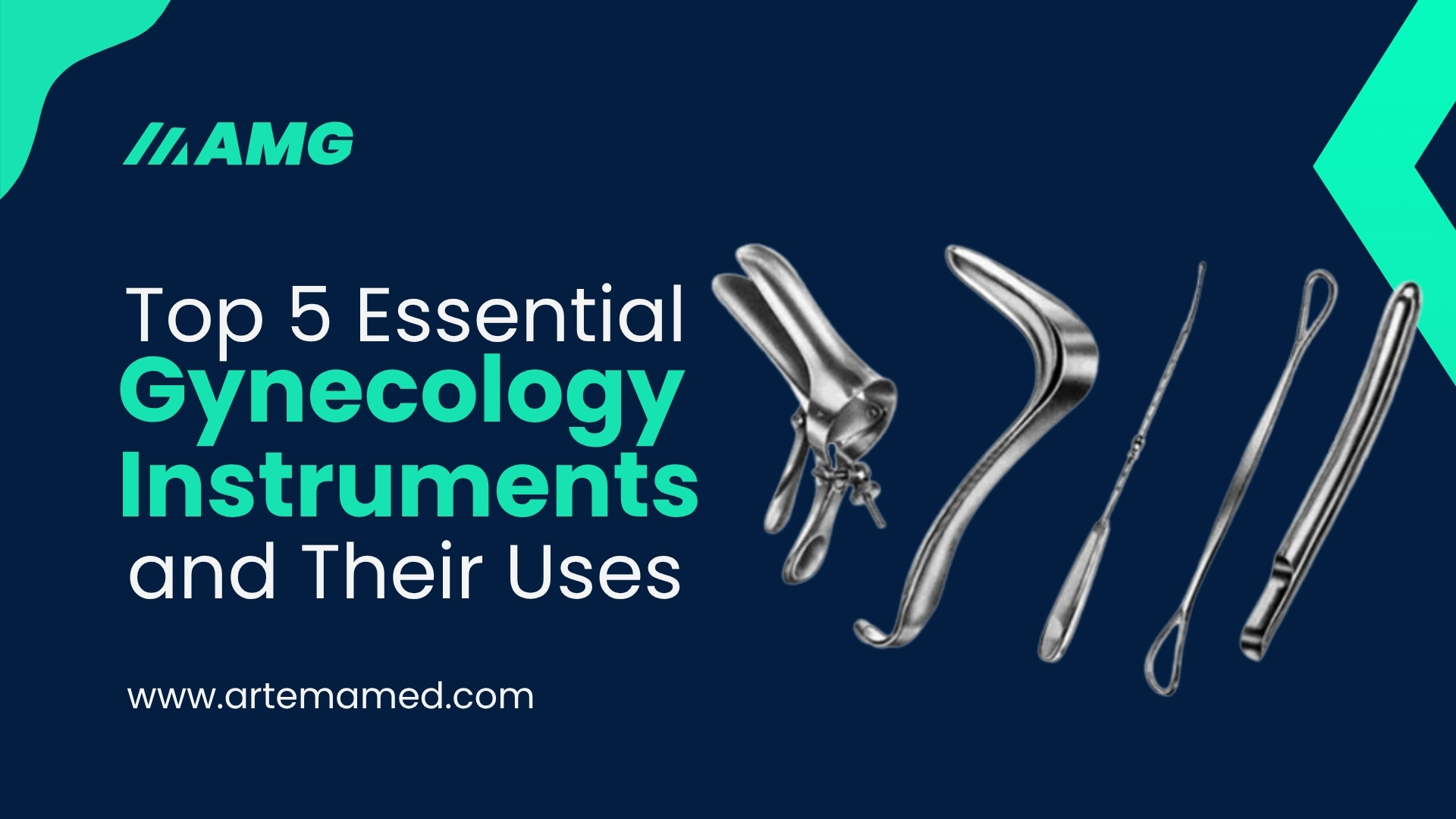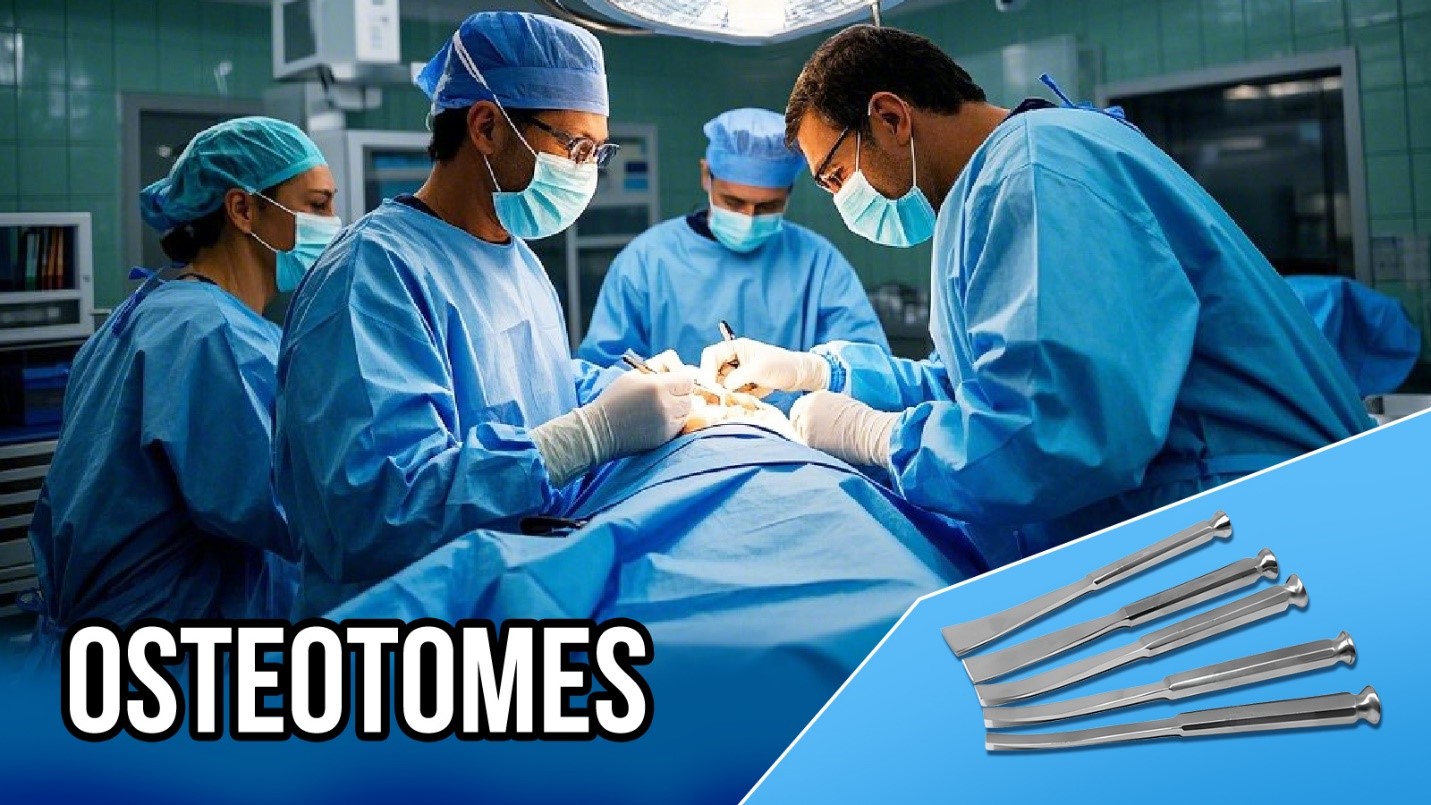The Evolution of Surgical Bone Plate in Orthopedics
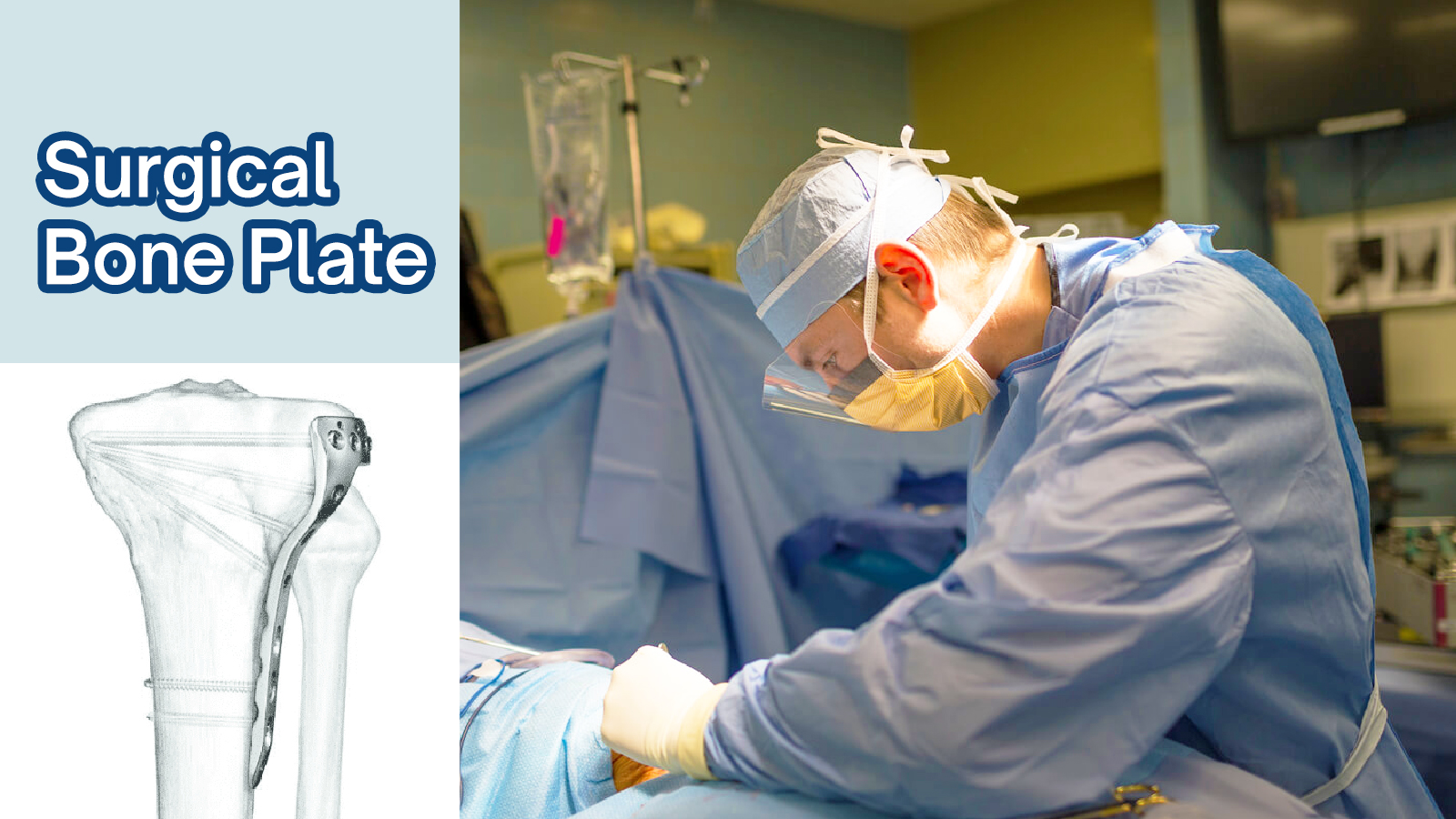
Strong 8k brings an ultra-HD IPTV experience to your living room and your pocket.
Bone fracture fixation with plates has been in use for more than 100 years. It aims to restore both the structure and function of the bone. However, the primary goals of bone fixation may include properly aligning the bone, ensuring the fixation is strong, protecting the bone’s natural biology, helping the bone heal, and allowing the patient to move early. A variety of surgical methods and orthopedic instruments have been developed to accomplish these goals, but bone plates remain the most crucial approach to fracture fixation.
What is a bone plate?
Let’s first understand what is a bone plate. A bone plate is an orthopedic instrument used to align the bone fragment for the treatment of fractures. Bone plates are typically secured with screws. They are made out of titanium alloys and stainless steel.
Evolution Of Surgical Bone Plate:
Open surgery with bone plates was one of the first successful procedures for fixing bone fractures. While it helps align bone fragments and provide stability, it is not an ideal choice for many orthopedic procedures. Over time, surgical innovations have led to better techniques and improved versions of bone plates, each offering better results while presenting some challenges. Let's discuss them one by one:
Conventional Bone Plate
Traditional bone plates allow direct healing without callus formation. They are less stable but prevent movement between the bone fragments. Nowadays, they are used for some specialized cases, such as foreman fractures.
When conventional bone plates are used, stability is achieved by pressing the plate onto the bone using screws. The screws generate immense pressure, hence holding the plate tightly against the bone. This leads to several disadvantages, such as
• Disturbing the blood supply to the bone and surrounding tissues may result in slow healing and increased infection risk.
• Causes stress on bones, weakening them over time, which results in bone damage and weakness.
• Increasing the risk of fractures after plate removal.
Locked plates
To overcome the issues with conventional plates, surgeons developed a new type of bone plate known as locked bone plates. These plates have screws that can lock into them, creating a more stable fixed-angle structure. Unlike conventional plates, locked plates do not need to be tightly pressed against the bone, which helps preserve blood flow and prevents bone weakening.
Locked plates also do not require customized shaping, as they can be used in their predefined form. The screws work together to distribute forces evenly along the plate. However, bending can take place to resist bending, which can result in screw fatigue or loosening at the locking point.
Dynamic/Active Plates:
Locked plates are designed to allow slight movement for healing, but some fractures, like distal femur fractures, may not heal properly with this method. These fractures require large, strong plates to support the weight, but their stiffness limits bending during movement. As a result, some patients experience slow healing, implant failure, or delayed bone union. The main reason behind this stiffness is the insufficient movement at the fracture site.
To allow this type of movement, a new kind of surgical bone plate is designed. These bone plates are called active plates. In these plates, the connection between the plate and the screws is modified by placing a flexible material inside the plate. It allows the surgeons to control movements while keeping the fracture stable.
Studies show that using actively locked plating helps bones heal faster and stronger by encouraging early callus formation. Since no failures were seen in the plates, this method appears to be safe and effective. However, more research is needed to confirm its full benefits.
Conclusion:
Over the past 200 years, bone plates have improved to ensure stability, better alignment, and faster healing. Early methods used rigid implants and compression but were not successful. Modern locking plates offer a more stable, less invasive option. However, they can sometimes be too rigid and, hence, slow down the healing process. Dynamic and active plates are the most reliable these days and provide both stability and control. However, further research is needed to validate their benefits.
Frequently Asked Questions:
What is a surgical bone plate?
A surgical bone plate is an orthopedic instrument used to align the bone fragment for the treatment of fractures.
What are active plates?
In these plates, the connection between the plate and the screws is modified by placing a flexible material, which allows the surgeons to control movements.
What are the three types of bone plates?
The three types of bone plates are conventional plates, locked plates, and active plates.
Please visit our website, Artema Medical, for more information.
Note: IndiBlogHub features both user-submitted and editorial content. We do not verify third-party contributions. Read our Disclaimer and Privacy Policyfor details.

